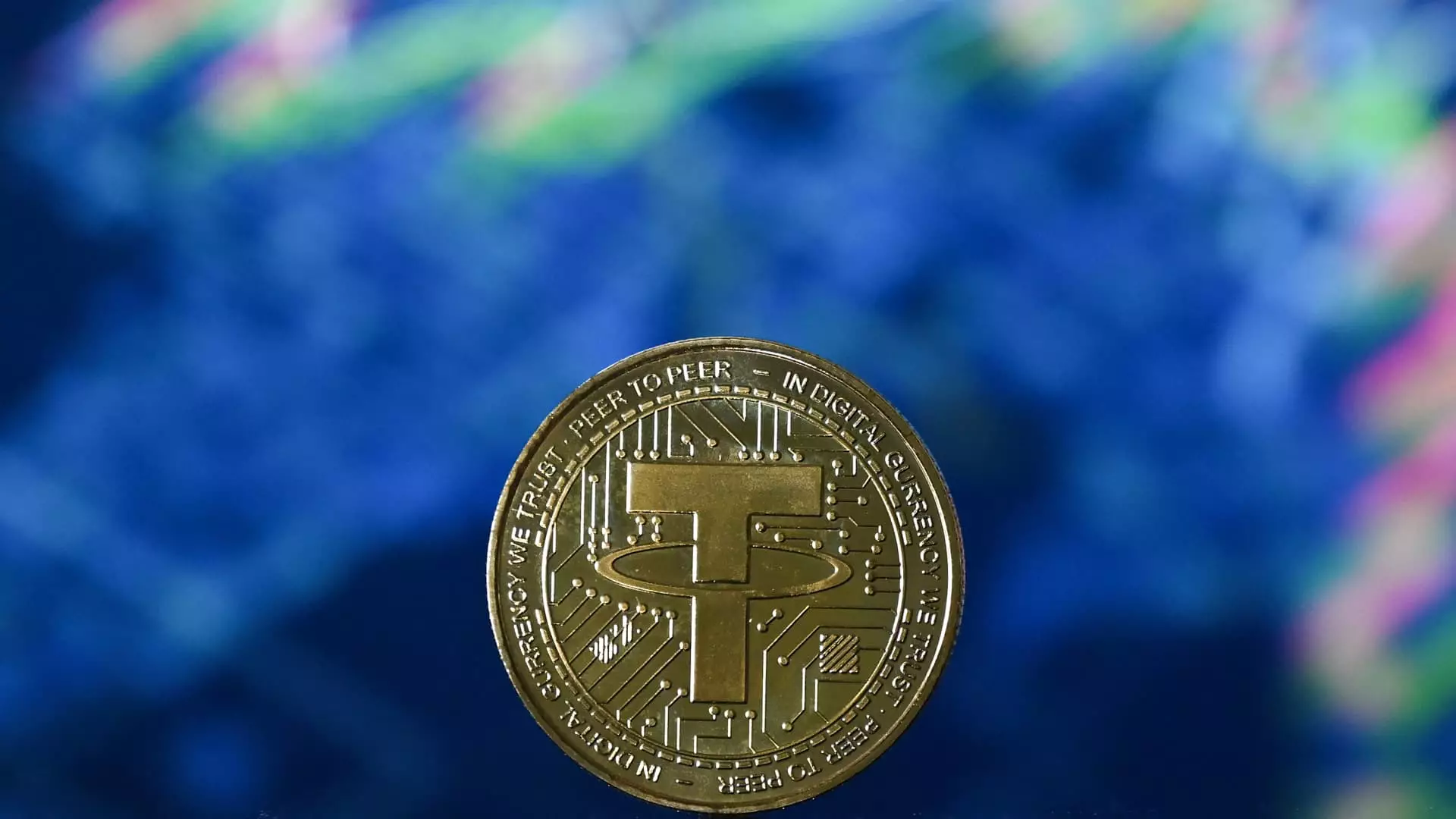In an ever-evolving financial landscape, the Securities and Exchange Commission (SEC) recently made waves with its statement on stablecoins. Designated as “covered stablecoins,” these digital currencies are said to be safe, backed by low-risk assets, and pegged to the U.S. Dollar on a one-for-one basis. However, while this designation aims to alleviate some concerns surrounding these assets, it raises deeper questions about the SEC’s approach to digital finance. It’s one thing to create a framework for stablecoins; it’s another to acknowledge the limitations imposed by specific definitions that prevent innovation. The SEC must tread carefully here—providing clarity shouldn’t equate to stifling potential growth in an industry that could redefine financial transactions.
Legislation: A Tug of War Between Innovation and Regulation
Currently, lawmakers seem to be divided over how to treat stablecoins in the broader regulatory ecosystem. The ongoing battle between the Stablecoin Transparency and Accountability for a Better Ledger Economy Act (STABLE) and the Guiding and Establishing National Innovation for U.S. Stablecoins Act (GENIUS) exemplifies this struggle. On one side, we see a push for transparency and consumer protection, while the other leans toward fostering innovation and reducing regulatory burdens. This polarized landscape calls into question whose interests are truly being served. Are we prioritizing safety at the expense of technological advancement? Or are we allowing ambition to cloud our judgment on necessary regulations? The push and pull here reflect a core liberal tenet: the need for a balanced approach that nurtures innovation while ensuring consumer protection.
Consumer Concerns: The Missing Link
One glaring issue with the SEC’s definition of “covered stablecoins” is its prohibition against issuers paying interest to users. In an age where even traditional savings accounts offer interest, this restriction appears increasingly outdated. Coinbase CEO Brian Armstrong’s concerns echo a broader sentiment: consumers should have the choice to earn interest on the digital assets they hold. By denying this option, the SEC risks pushing investors toward less reputable, potentially riskier alternatives that promise greater returns. There is a significant dichotomy here—while the SEC aims to safeguard investors, their actions could unintentionally drive them into unregulated territories.
The Rise of Yield-Bearing Stablecoins
Interestingly, the landscape isn’t stagnant. The world of yield-bearing stablecoins is rapidly expanding, with five major players already surpassing $13 billion in collective market cap. These assets are a response to consumer demand for opportunities that traditional finance often overlooks. However, these yield-bearing options are often positioned as falling under securities law, complicating the landscape for both issuers and users. Could this be a symptom of an outdated regulatory framework that fails to adapt to the new realities of finance? In trying to safeguard investors, lawmakers may find themselves restricting innovation right when it’s needed most.
Market Dynamics: Tether and USD Coin’s Dominance
The ever-watchful eye of investors largely focuses on Tether and USD Coin, both of which dominate the stablecoin market. With the sector expanding by approximately 11% this year alone, interest in stablecoins is palpable. Yet, the reliance on a few key players raises questions about market stability—what happens when these entities face challenges? Concentration could lead to significant risks for users and the broader market. The eventual arrival of regulations should consider these dynamics, and the possible formation of monopolies that could exploit their dominant positions.
The Future of Stablecoins: A Fork in the Road
As we face an uncertain future, the fate of stablecoins hinges on how effectively lawmakers and the SEC can strike a balance between regulating and encouraging innovation. While the potential legislation on stablecoins may provide necessary guidance, it also risks entrenching traditional financial ideas that fail to encapsulate the opportunities presented by the crypto world. This tension between regulation and innovation isn’t just a passing phase; it’s a fundamental aspect of how economies evolve. In that light, the next steps taken by the SEC and Congress will have lasting impacts, shaping the way we experience finance for generations to come.

